Your car's gauges help monitor its health while keeping you safe when driving. But these gauges may stop working after installing a radio. Why does this happen, and what can you do about it? We talked to the experts, and this is what they shared.
Gauges may fail to work after radio installation due to a broken fuse or a wiring problem. To troubleshoot the problem, investigate for a defective fuse and replace it. If the fuse works well, you may need to take your car to the repair shop for a mechanic to inspect the wiring.
Keep reading to learn more about diagnosing failing gauges. We will also tackle the basic gauges in your vehicle's dashboard. So, let's jump right in.
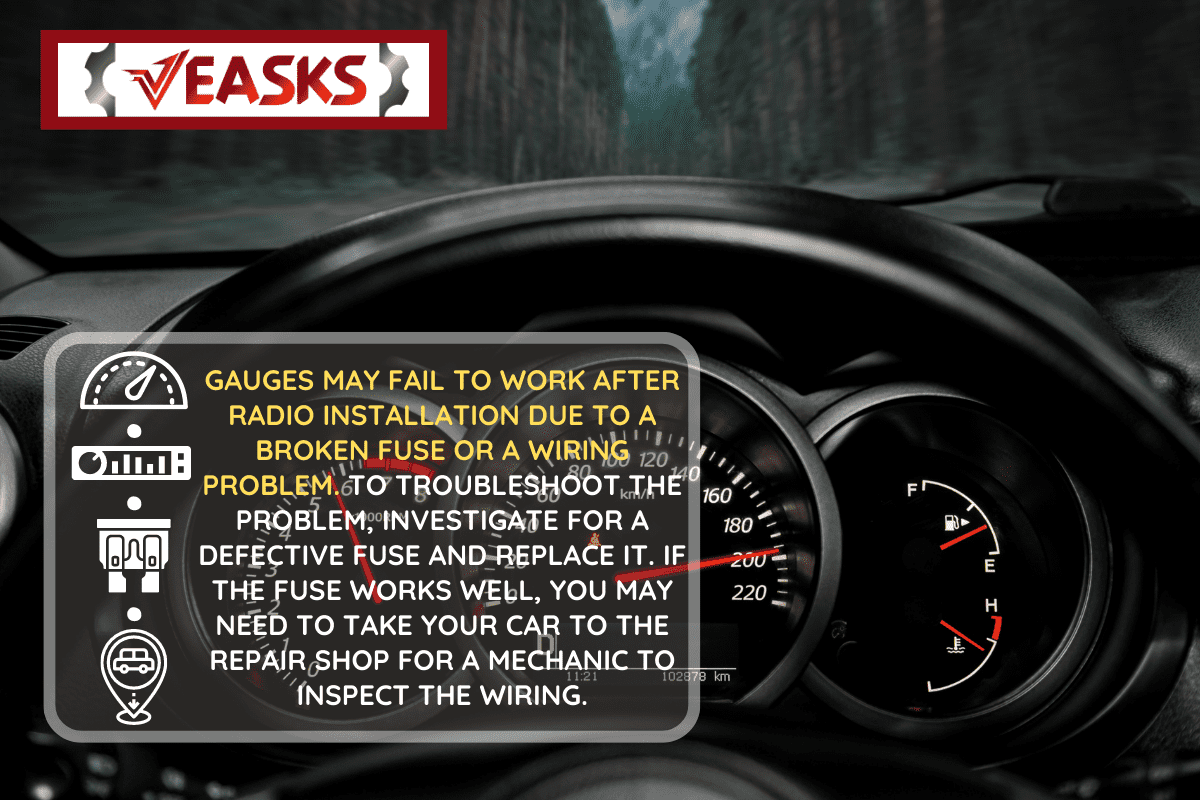
Diagnosing Failing Gauges
Your car's instrument cluster houses various indicators that warn of system malfunctions. Furthermore, it combines several indicators, like the speedometer and fuel gauge, in one housing. So, the instrument cluster gives you a centralized view of your car's critical information.
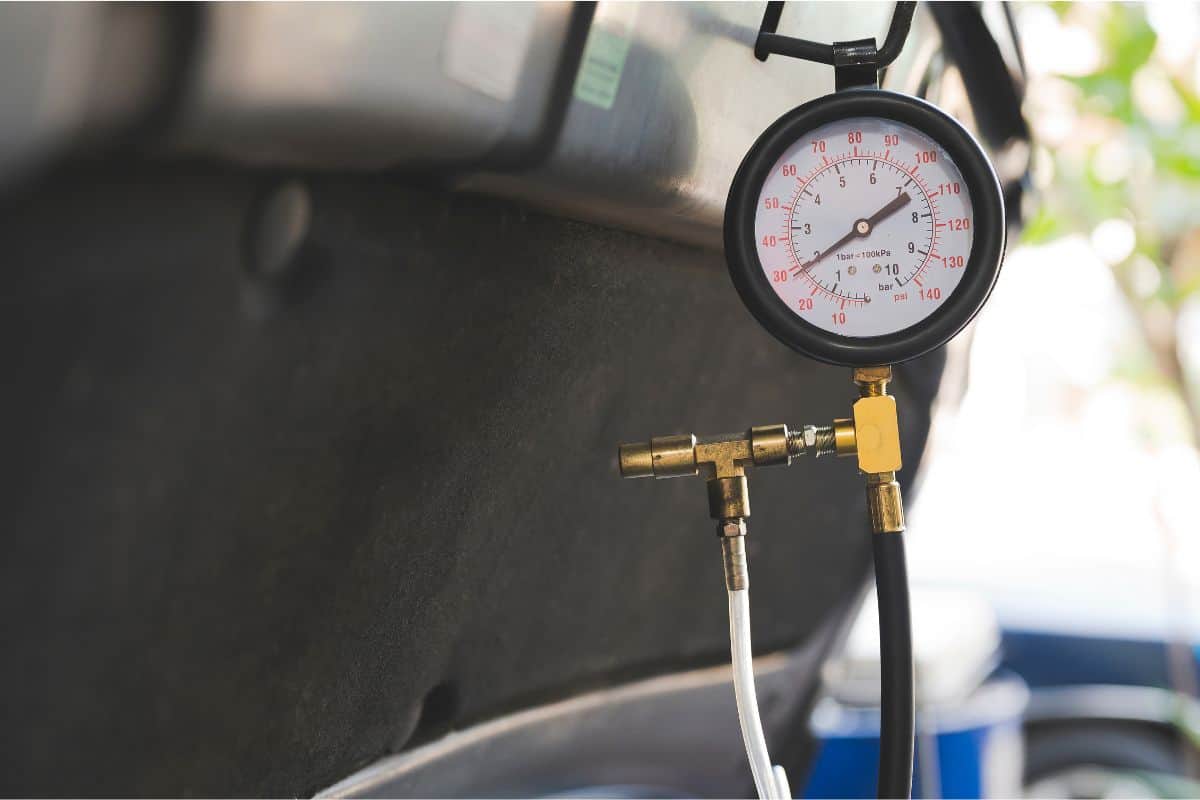
We will further explore some of these gauges later in the post, so stay put for that.
An attempt to upgrade the factory-installed radio with an aftermarket one with higher quality sound and music playback can result in the gauges failing to work.
The malfunctioning gauges are a reason for concern since the indicators will not provide you with real-time information on the condition of your vehicle when on the road.
Why Gauges Stop Working After a Radio Install
These are some reasons why gauges may become defective after a radio install.
Blown Fuse
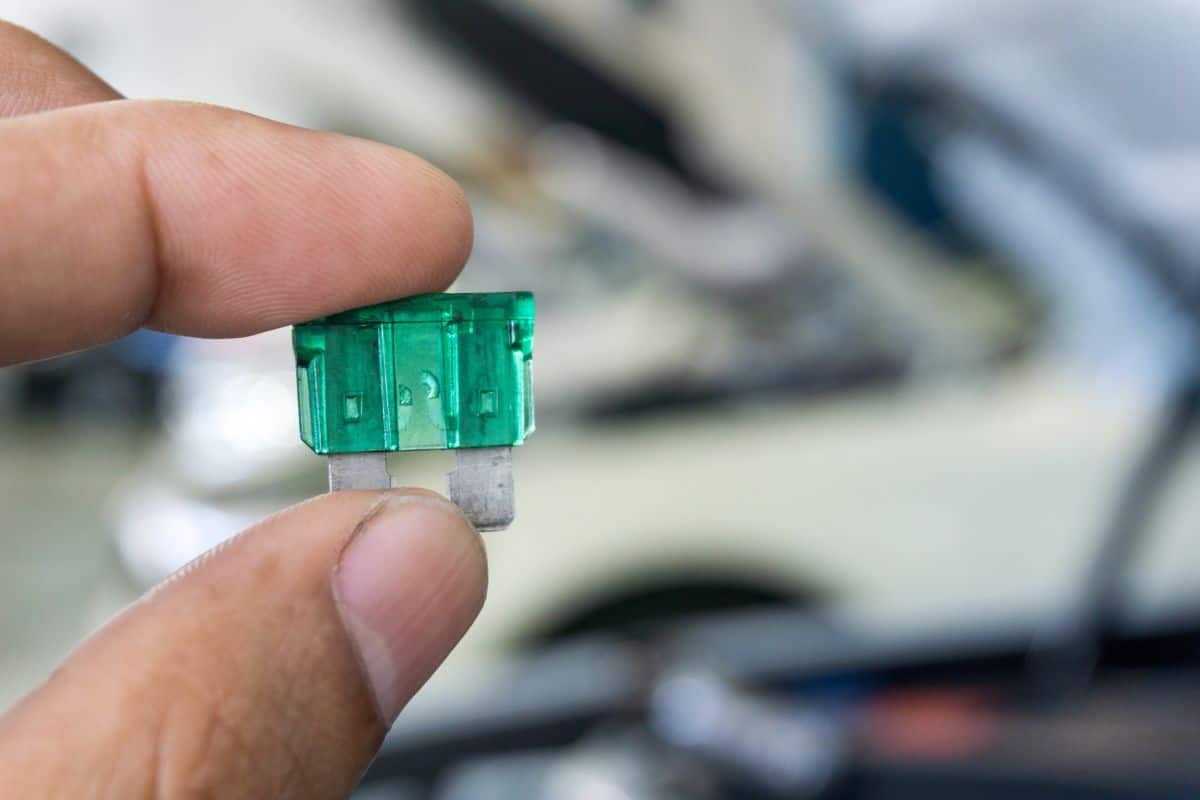
Installing the radio when the battery is still powering your vehicle can result in short-circuiting. Luckily, the automobile has fuses that protect against short-circuiting. However, fuses are sacrificial elements. They blow to protect your car's components from damage.
Sometimes the fuse may blow since it is incompatible with the new radio installed. If the fuse carries less current than the radio requires to operate, it will probably break.
Also, overloading a fuse can cause it to blow. Overloading can happen if you run your new radio alongside other components, thus exceeding the fuse's specific amp ratings.
When they break, fuses disconnect the circuit. Consequently, the gauges may fail to work.
How to Inspect for a Blown Fuse
This is how you can determine if a broken fuse is the root cause of failing gauges.
- Begin by locating the fuse box. Your vehicle may have one or multiple fuse boxes depending on its make and model. If you are unsure of the box's location, refer to your automobile's user manual to pinpoint the location.
- Check the fuse box to identify the problematic fuse. Generally, fuse boxes have diagrams that can guide you in finding specific fuses. Alternatively, you can decide to be thorough and inspect all the fuses.
- Once you locate the specific fuse, visually inspect it for broken connections or melted wiring. You can also use a multimeter to investigate the condition of the fuse if the visual inspection proves unproductive or if you require further confirmation on your diagnosis.
- The multimeter will help you determine whether there is continuity throughout the fuse. To do this, put the multimeter in continuity mode and place its probes on alternate fuse terminals. You will then need to observe and interpret the displayed readings.
- The multimeter will display an error message or a large resistance reading if the fuse is defective.
- You can also use the multimeter's ohmmeter settings to test the resistance of the fuse. To carry out this test, disconnect the fuse from the fuse box and place the multimeter's probes on the fuse's terminal. Next, observe and interpret the displayed readings.
- If the fuse is broken, you will have a high reading and resistance value. But a low reading implies that the fuse is working as expected.
This digital multimeter is suitable for troubleshooting a variety of automotive electrical problems.
This video provides a visual take.
Wiring Problem
If two wires in the radio's circuit touch, they can become overloaded, leading to a broken fuse. The broken fuse may cause some of the car's electrical components, such as gauges, to stop working.
It is also possible that installing the new radio tampered with your vehicle's electrical system. So, if all your vehicle's fuses are in good working condition, check the wiring next since a wiring problem can cause your gauges to stop working.
Investigating a wiring problem may require you to unmount the instrument cluster and check for power at individual gauges. You may also need to uninstall the radio and assess whether the wires are well connected.
How to Restore Gauge Functionality
The ideal approach to restoring your vehicle's gauges to optimal operation will depend on the cause of the problem. So, you can attempt either of these solutions.
Replace the Broken Fuse
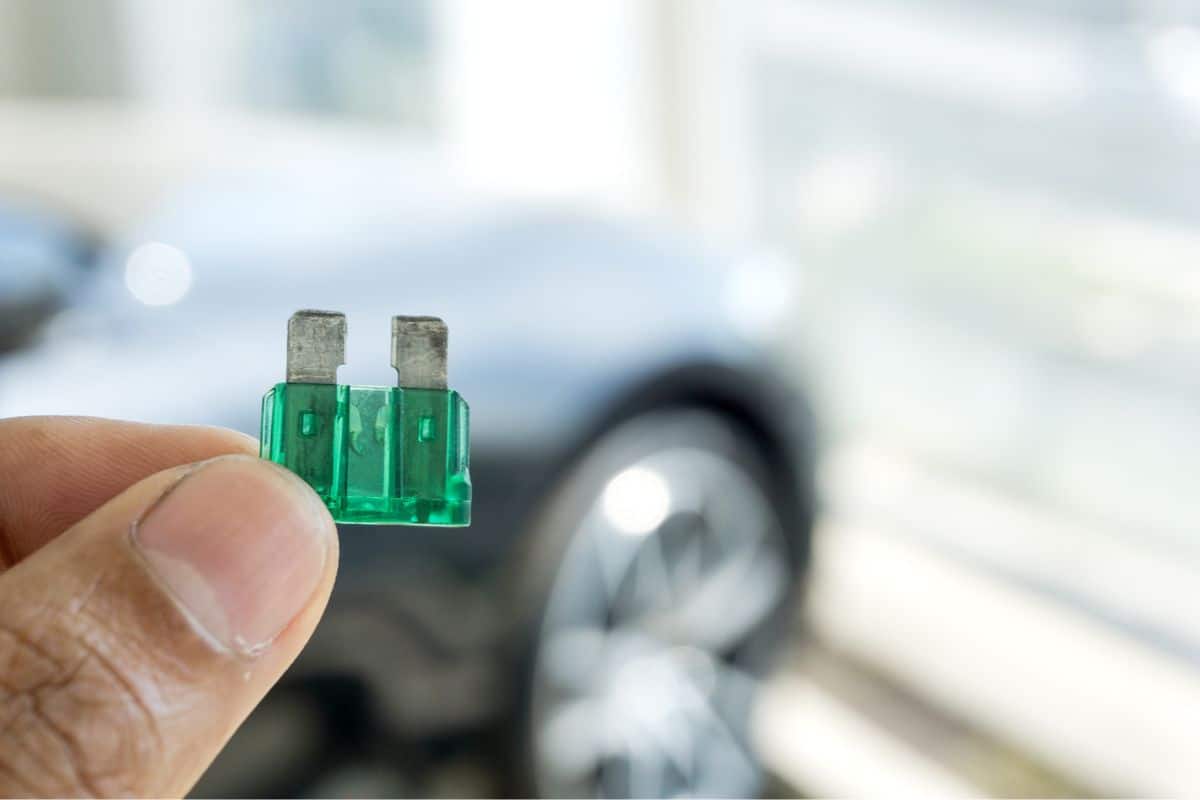
Your car has different types of fuses to help it handle specific electrical requirements within it. Therefore, it is prudent to consider these factors when choosing a replacement fuse: your car's make and model, the electrical circuit or equipment the fuse should protect, and the existing fuse.
In addition, understanding why the fuse broke will help you chart an appropriate course of action and prevent a repeat occurrence.
If short-circuiting caused the fuse to blow, you need to buy a new fuse of the same size, type, and current rating. You will then need to carefully insert the new fuse into the position where the old fuse was.
Since the exact technique for infixing the new fuse may vary from one model to another, it is advisable to refer to your vehicle's owner manual for a vehicle-specific guide.
Check whether the gauges start working once you fix the new fuse. If the problem remains unresolved or the fuse blows again, it may be time to consult a professional.
In addition, if the fuse became defective for reasons other than short-circuiting, it is best to let the technician handle the problem since they are better equipped to inspect for overloading and fuse compatibility.
Call a Mechanic
It is advisable to call a mechanic if you do not have the technical know-how or lack the necessary diagnostic tools to probe your vehicle.
In particular, you may want to relegate investigating and resolving a wiring problem to your mechanic since addressing the issue can be pretty challenging and time-consuming.
The technician can also determine the correct fuse size, given your new stereo's wattage requirements. Inserting the proper fuse will keep your radio safe while allowing the other vehicle components to run well.
What are the Different Gauges on a Dashboard?
Automobiles have many gauges, which can confuse even the most experienced drivers. This section will shed light on some basic indicators you find on the dashboard of passenger vehicles and their roles. These are the speedometer and the fuel gauge.
Some automobiles may have additional gauges like a temperature gauge, a tachometer, a voltmeter, and an oil pressure gauge. If the vehicle is not fitted with the additional indicators, it has a warning light for these functions.
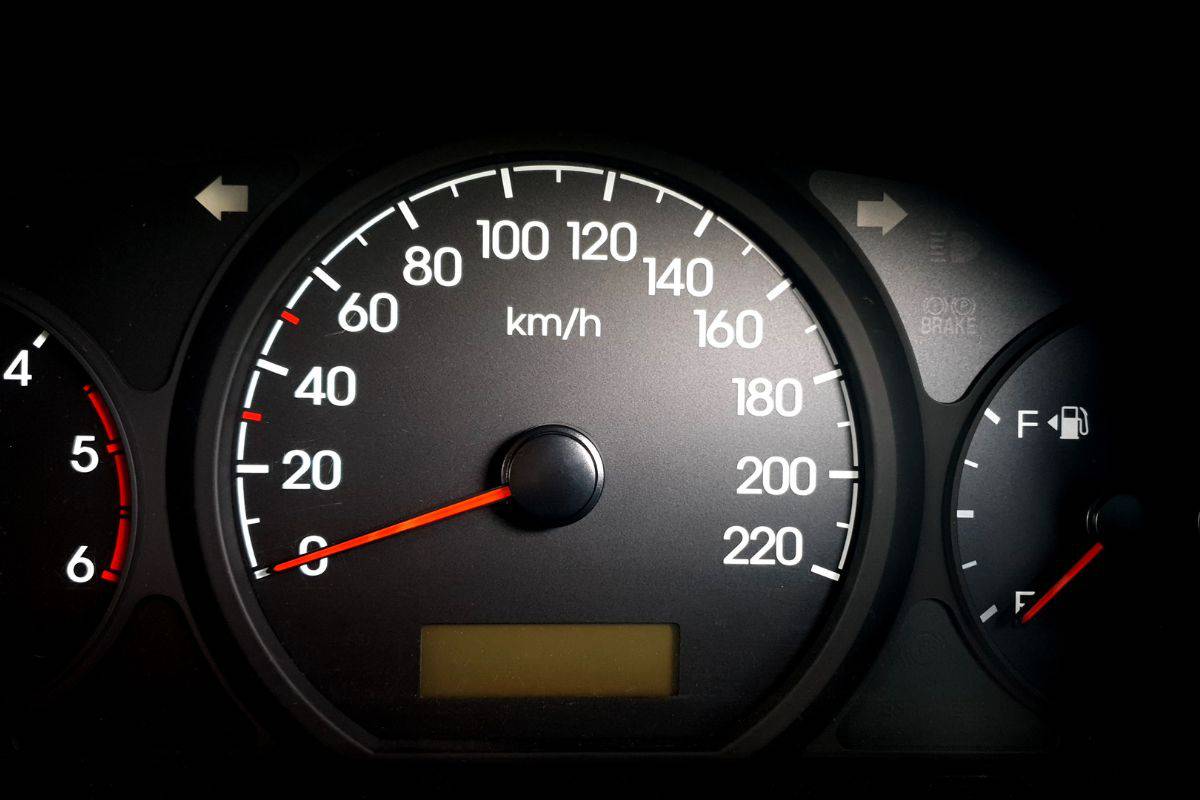
Speedometer
The speedometer indicates the speed at which you are driving. The speedometer can be digital or mechanical.
The digital speedometer shows the exact speed you are traveling at, similar to a digital clock reading. On the other hand, the mechanical speedometer uses a needle to display the vehicle's speed.
The size of the tires can affect the speedometer's accuracy. If you fit your vehicle with tires that have a larger diameter than the original tires, the speedometer can indicate that you are driving at a slower rate. In contrast, if the vehicle has smaller tires, the speedometer readings can imply that you are driving faster.
Therefore, it is vital to fit your vehicle with the correct tire size or to have your speedometer adjusted if you change your vehicle's tire size. Modifying the speedometer will enable you to have accurate speed readings, avoiding possible fines for violating the stipulated speed restrictions.
Fuel Gauge
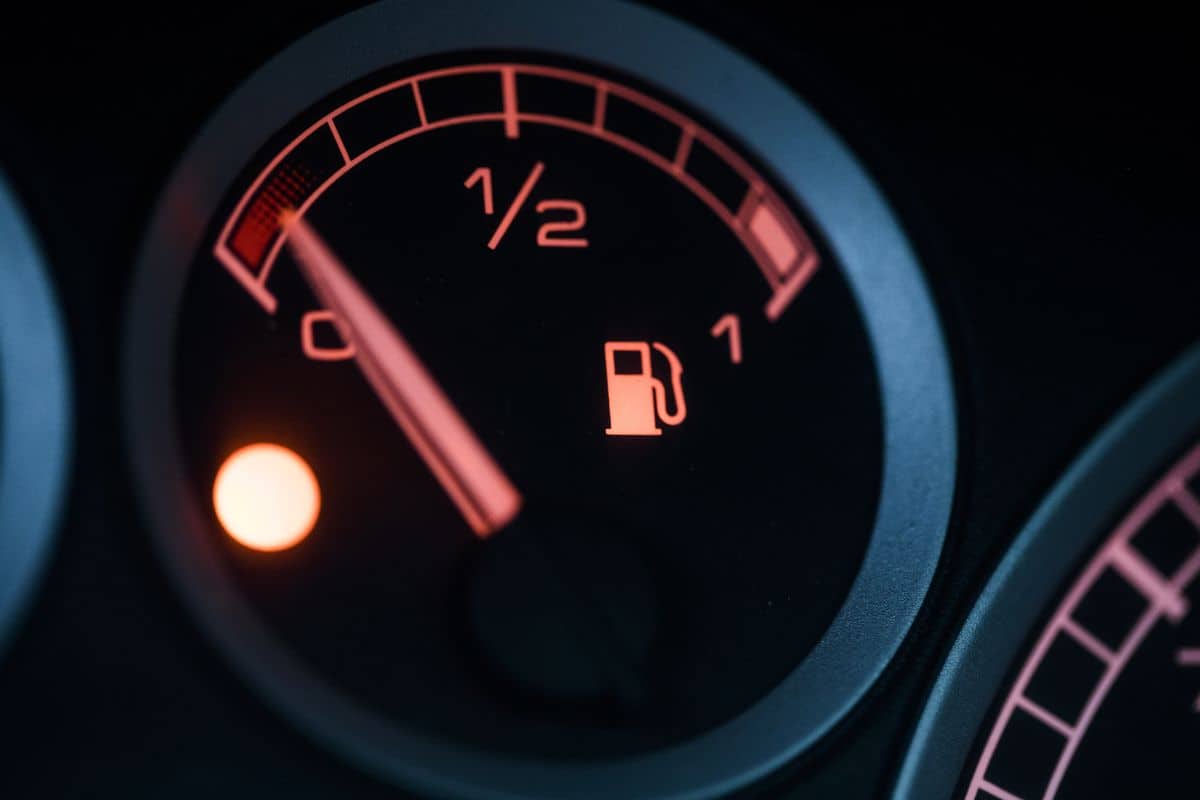
The fuel gauge indicates how much fuel the automobile still has for combustion. The engine uses the fuel and burns it to generate the power needed to propel the car. So, the vehicle will not run without fuel.
Most vehicles are also fitted with a digital indicator that warns you if the fuel level goes too low. But it is not advisable to rely on this indicator since this can have harmful effects on your fuel pump. Operating the vehicle when the fuel levels are low can cause your car's fuel pump to overheat or wear out prematurely.
It is best to refill the tank when the fuel gauge reaches 1/4 full to keep the fuel pump well lubricated. Furthermore, fuel acts as a coolant for the fuel pump.
Wrapping Up
The complexity of restoring optimal gauge operation in your vehicle will depend on the cause of the problem. Replacing a defective fuse is relatively straightforward. However, inspecting the wiring may require further expertise and is best assigned to a professional mechanic.
Please feel free to peruse our other articles:
Power Windows And Gauges Not Working—Why And What To Do?
Disconnected Battery Now Truck Won't Start – Why And What To Do?



![Portrait of middle aged bearded truck driver standing by the truck and showing his commercial driver license. Focus on CDL license. Truck driving school and job openings, Do You Need A CDL To Drive A Box Truck [By State]](https://veasks.com/wp-content/uploads/2022/11/PORTRA1-600x400.jpg)
